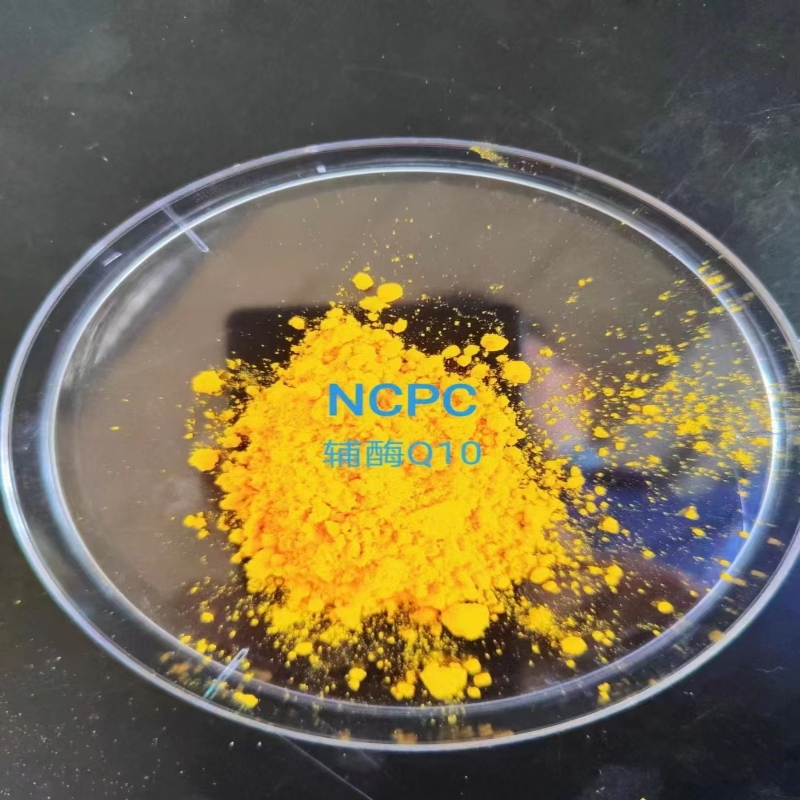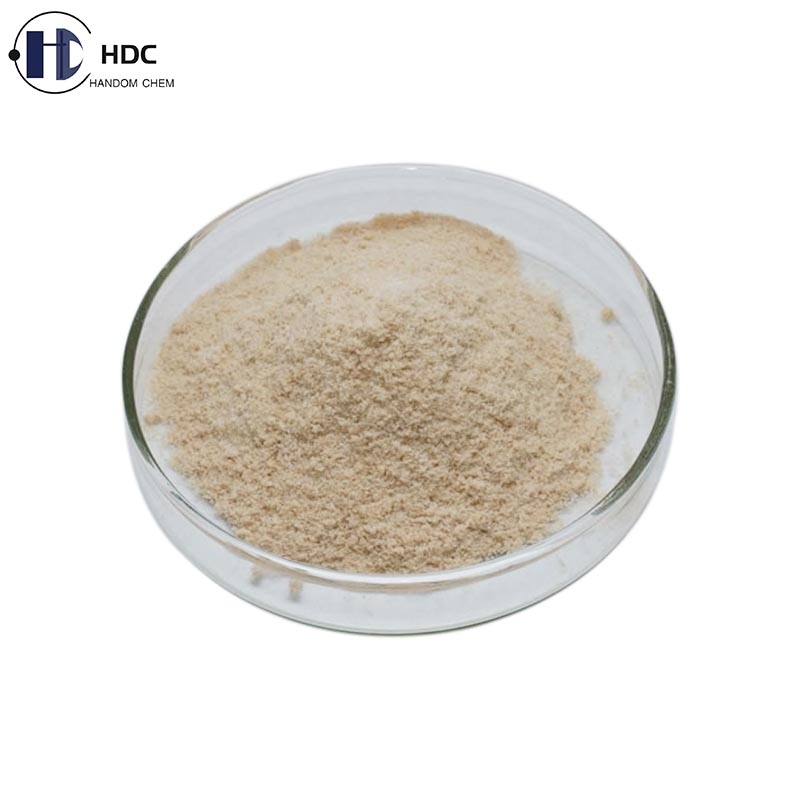Deciphering the protease of the 2018 Nobel Prize in Chemistry
-
Last Update: 2018-11-01
-
Source: Internet
-
Author: User
Search more information of high quality chemicals, good prices and reliable suppliers, visit
www.echemi.com
In the field of bioengineering, there is a magician called enzyme engineering Its magic lies in the magician's activities in every living place Whether it's flowers, trees, birds, animals, fish and insects, whether it's high or low, animals and plants need enzymes to maintain life Human beings are inseparable from the enzyme for a moment At all stages of the metabolism process, we need to "hope for enzyme" to quench thirst The application of enzyme engineering in daily life is exemplified by the application of enzyme adding washing powder and multi enzyme tablet For the whole enzyme engineering, this is just a drop in the ocean of enzyme engineering, just a simple application The 2018 Nobel Prize in chemistry, due to the active application of protease by Darwin's Evolutionism, has raised a thousand waves again, making people recognize the "true face of Lushan Mountain" again and realize the biology The important role of magicians in engineering On October 3, Beijing time, the 2018 Nobel Prize in Chemistry for enzyme engineering came out Each big circle of friends and network platform was published by a piece of "the Royal Academy of Sciences of Sweden announced the winners of the 2018 Nobel Prize in chemistry, and half of the Nobel Prize in chemistry was awarded to Frances H Arnold), awarded her with the achievement of directed transformation of enzyme The other half of the Nobel Prize in chemistry was awarded to George P Smith and Gregory P winter, and awarded them with the achievement of phage display technology of polypeptide and antibody It is the achievement of 2018 Nobel Prize in chemistry to solve chemical problems with the power of evolution Enzyme-defined enzyme (enzyme) is a kind of protein or RNA which is produced by living cells and has high specificity and catalytic effect on its substrate Enzymes also have primary, secondary, tertiary, and even quaternary structures According to the different molecular composition, it can be divided into simple enzyme and binding enzyme The enzyme containing only protein is called simple enzyme, while the binding enzyme is composed of enzyme protein and auxiliary factors Protease is a kind of enzymes that hydrolyze protein peptide chain It can be divided into endopeptidase and terminal peptidase according to the way of degrading polypeptide, also known as: subtilisin; prinase; sutilanase; obtained from Bacillus licheniformis Enzyme is known as a magician in the field of bioengineering Under its command, life harmoniously plays a chapter of life Symphony like poem and picture Therefore, the world is full of vitality and colorful In 1926, Sumner, an American scientist, extracted the crystal of urease from the seeds of concanavalis Through experiments, he proved that urease is a kind of protein and made it clear that enzyme is protein Therefore, he won the Nobel Prize in chemistry in 1946 Since then, people have gradually recognized the "true face of Mount Lu" and realized the important role of enzyme, and the modern microbial enzyme technology has really started Up to now, there are more than 3000 kinds of enzymes that can completely determine their composition and function The activity of enzyme is 107-1013 times higher than that of chemical catalyst Take the decomposition of cellulose as an example With 5% sulfuric acid, under the condition of 4-5 atmospheric pressure and more than 100 ° C, the fiber can only be slightly loosened in four or five hours Once cellulase comes out, and only a little cellulase, under the condition of normal pressure and 40 ℃, 50% cellulose can be decomposed into glucose in four or five hours, which is almost the reaction in the stomach of cattle, but the container is changed The so-called specificity of enzyme refers to that an enzyme can only act on substances with certain structure Image point of view is "a key to open a lock", "a radish to fill a pit." Cellulase can only decompose cellulose into glucose, which is indifferent to protein, starch, fat and so on In the same way, the pepsin in the eagle's stomach only "loves proteins" and has no way to deal with fibers and other organic molecules In addition to pepsin, there are also amylase, cellulase, lipase and many other enzymes in Eagle's stomach; in cow's stomach, there are also pepsin, amylase, lipase and many other enzymes These enzymes have a clear division of labor and perform their respective duties to find specific objects Frances h Arnold completed the first experiment of directed evolution of protease in 1993, and realized her theory for the first time After years of development, the enzymes produced in Frances h Arnold's laboratory have been able to catalyze chemical reactions that do not exist in nature, so as to produce new materials Her "customized" enzymes are now important tools for making many materials, including drugs They can avoid many environmental pollution by-products in the production process The mechanism behind the directed evolution of protease is as follows: Step 1: introduce random variation into bacterial genes Step 2: the mutated gene produces various proteases Step 3: screen out all good protease, such as biofuels and drugs, and discard the bad protease Step 4: go back to step 1, let the useful protease gene produce further variation, and repeat the cycle The evolution process of nature is to make natural selection of organisms in such a way that individuals with excellent shapes can better strengthen large groups Such natural selection process often lasts for tens of thousands of years However, the artificial protein screening technology represented by directed evolution provides a favorable weapon for human beings to operate large molecules such as proteins at the micro level The purpose is clear It may produce great changes in properties in a few algebras, and it is easier to produce the protease that people need, which greatly promotes the research process of practical application of protease Thank you three scientists for making it possible for humans to harness the magic of bioengineering
This article is an English version of an article which is originally in the Chinese language on echemi.com and is provided for information purposes only.
This website makes no representation or warranty of any kind, either expressed or implied, as to the accuracy, completeness ownership or reliability of
the article or any translations thereof. If you have any concerns or complaints relating to the article, please send an email, providing a detailed
description of the concern or complaint, to
service@echemi.com. A staff member will contact you within 5 working days. Once verified, infringing content
will be removed immediately.







